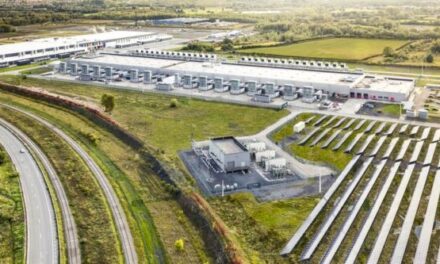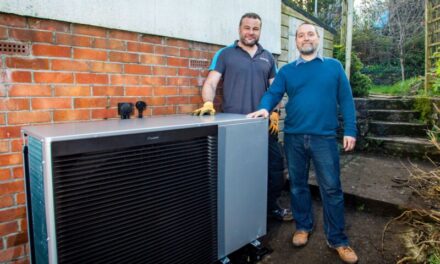Undoubtedly, hydrogen (H2) will be a key pillar of a successful energy transition. That’s become clear – as more and more countries launch their national hydrogen strategies and roadmaps.
Green hydrogen volumes are, however, tiny today. But where will greenhydrogen be in the next five years? And how will it be used?
There was approximately 118MW of ‘new hydrogen’ electrolysers operating across Europe by the end of 2021, spread across many tens of demonstration projects. This equates to the production of a maximum of about 0.02 million tonnes (Mt) of green hydrogen a year. To put these numbers into context:
So not significant in terms of impact on the energy transition today.
Most green hydrogen is currently used for industrial purposes – which account for just under 50% of all demand.
The current pipeline shows ~50x growth in capacity in the next five years
In its 2020 ‘Hydrogen strategy for a climate neutral Europe’, the European Commission set hydrogen production targets (renewable and natural gas-based) of 6GW by 2024 and 40GW by 2030 – a big step up on today’s 118MW (or 0.118GW) of capacity.
From what we know today about the green hydrogen production pipeline, it is likely that the range of operational electrolysis capacity will be somewhere between 7GW – 11GW by the end of 2026.
The equivalent volume of hydrogen production would then increase from 0.02Mt to 1.84Mt – a large increase, and a bit more significant in terms of the energy transition. This amount of hydrogen can:
Ultimately, over the longer-term, the market – not politicians or lobbyists – should decide where green hydrogen gets used. In reality hydrogen’s future will be driven by a mix of policy and regulatory decisions, confidence for industry to invest, as well as customer demand. The long–term picture is far from clear today.
In the short-term the direction is clearer. The majority of projects have been closely linked to European and national government funding as part of demonstrations and pilots. Green hydrogen solutions are still more expensive than both ‘grey’ hydrogen (with its associated carbon emissions) and non-hydrogen alternatives.
In the next years, we will start to see the emergence of more commercially driven projects – taking advantage of new subsidies and incentives, and driven by corporate social responsibility initiatives.
Based on our analysis of the electrolyser pipeline, the figure below shows how the sector will have developed by the end of 2026.
The relative importance of transport will fall (although the absolute number and volumes of projects will grow). We will also see a sharp increase in projects producing H2 for more than one specific end use.
By contrast, projects focusing on ‘Heat’ (predominantly building space and water heating – via injection into current or new gas grids) and ‘Power’ (electricity generation either centralised or distributed) will only account for a very small proportion of green hydrogen projects in the next five years.
By Jon Slowe, Director, Delta-EE




